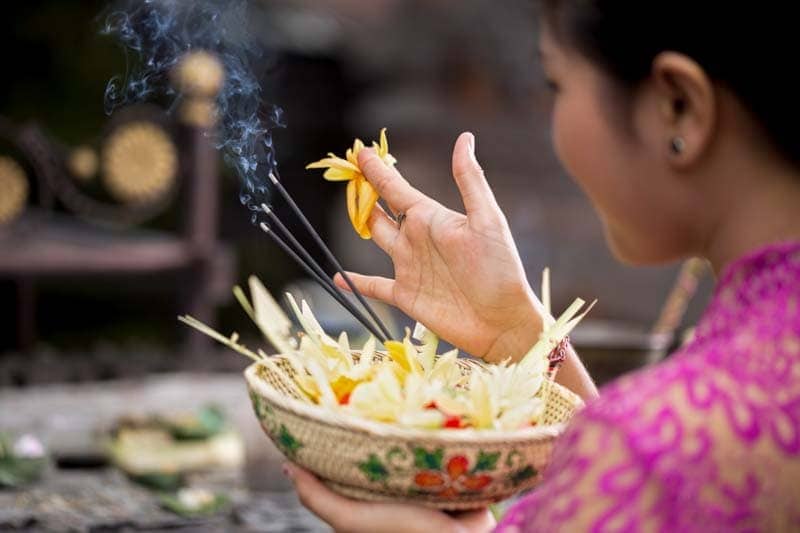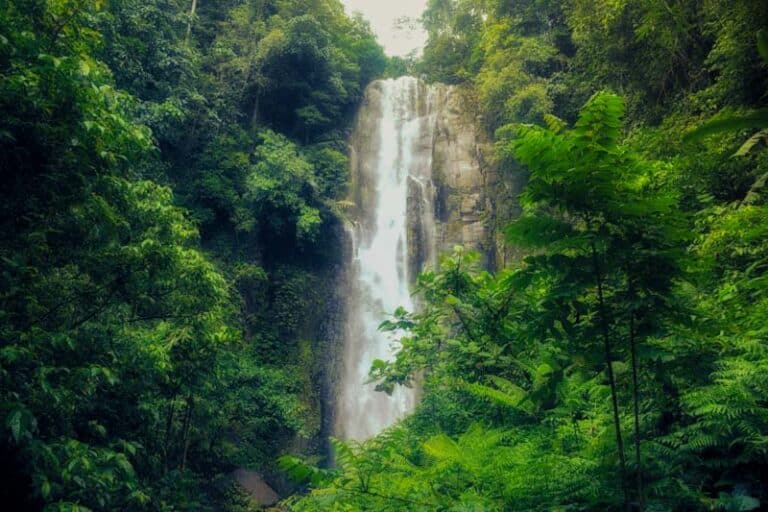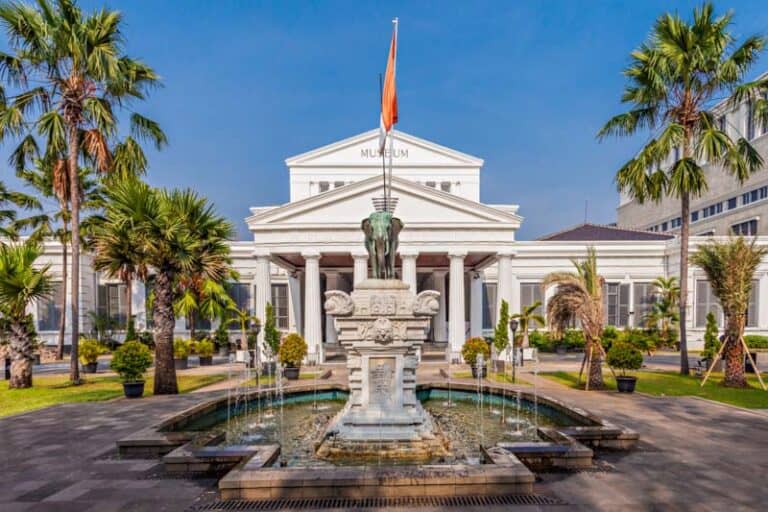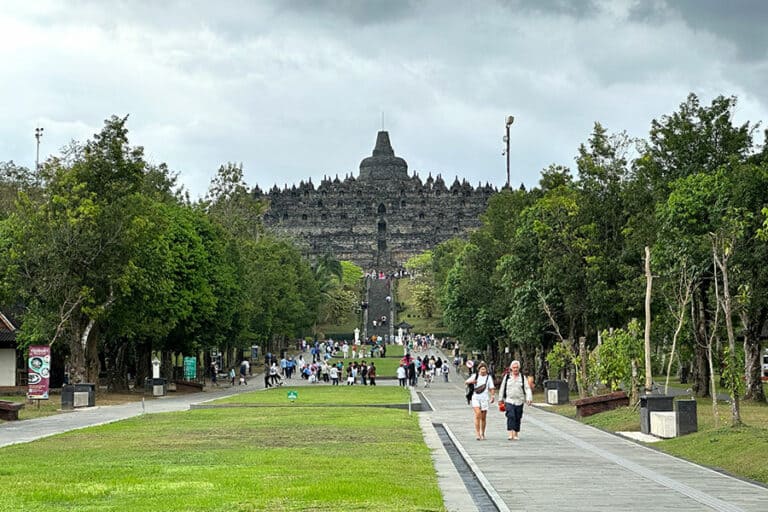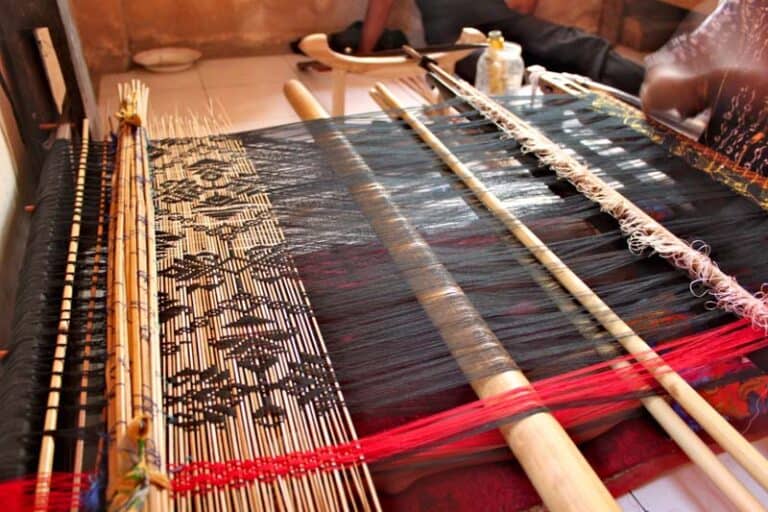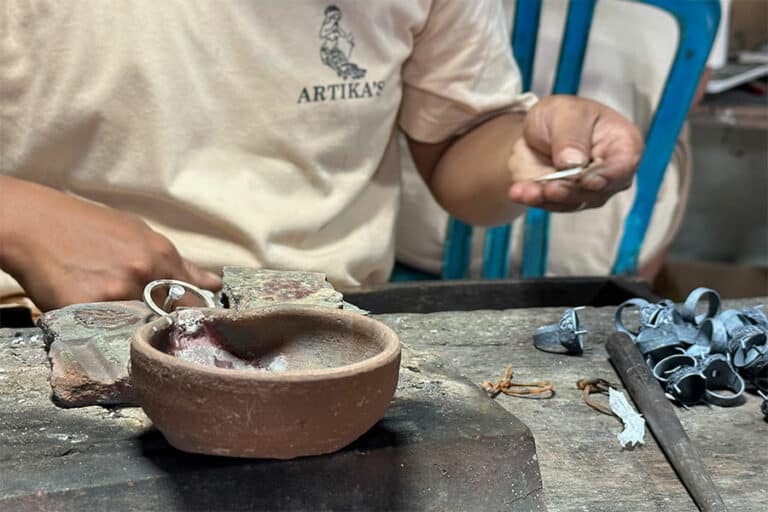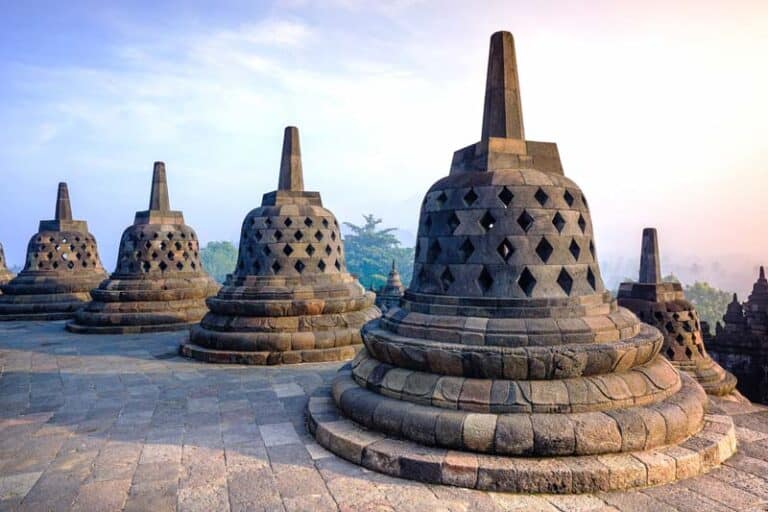The beauty of Bali nature and culture have no secret unrevealed to the world. But these fascinating and unique Bali traditions and rituals might surprise you.
Perang Pandan
It is one of the unique Bali traditions facts you can witness around June every year, takes place in Tenganan Village, Bali. Locally known as “mekare-kare” or “megeret pandan“, it is a traditional ritual dedicated to the God of War, Indra, performed by the boys and young men of the villagers using a tied packet of sharped-edge pandanus leaves on the one hand, and a woven bamboo or rattan on the other hand as a shield. Fighting with a bare chest, the participants will have the praying ritual beforehand; thus, the spirituality aspect will cause no serious pain or infections for them.
Omed Omedan
For over 100 years, the omed omedan tradition has been held annually in Sesetan Village, Bali, on a day after Nyepi Day or Day of Silence in Bali – one of the fascinating Bali traditions and rituals you might want to see. Once in the 80s, the ritual was once dismissed, but a strange thing happened afterward: some kind of plague struck the pigs in that area causing them to fight each other, so the Sesetan residents were struggling to separate them; this has made the festival resumed as it is believed to prevent disaster upon the village and will strengthen the social bond among the young generation in Sesetan.
Known as the “kissing ritual”, omed omedan basically means “pull and pull,” where the young singles of boys and girls in the village meet and are believed to find their future partner. In terms of the spiritual aspect, pull and pull in this event represents the taking of positive energy and letting out the negative energy to kick off the (Balinese) new year. This tradition starts with the prayer before the leaders divide the youth into two groups (men and women), facing each other, then start “pull and pull” once they get the signal from the leaders. While the participants pull, hug, and kiss, the crowds pour buckets of water over to get them wet. Should you want to catch these special moments, don’t forget to get your waterproof camera housing ready.
Perang Api (Ter-teran)
Another fascinating Bali traditions and rituals happen in Jasri Village, Karangasem, Bali, is called ter-teran, which fewer outsiders know about. This sacred tradition of firefight is carried out once every two years (in the odd year), particularly during the Nyepi Eve, by throwing the traditional burning torch made of dried coconut leaves to cast away all the devils in the village.
Literally meant by “throwing with power”, ter-teran begins at 6 PM when all lights are deliberately turned off, followed by some villagers have the ceremony and give the offerings to the sea. On their way back to the village, it is believed they are followed by the Bhuta Kala (a devil character), so the villagers are getting ready to throw them with the burning torch. The next sessions are the firefights involving two separate groups of men who will attack each other using the torches. As usual, with the sprinkle of the holy water over the wounds, the participants would not have serious injuries. When the ritual ends, none of the participants will keep the anger or revenge towards each other.
Nyepi Laut or Nyepi Segara
Bali will never stop to amaze you with their unique Bali traditions and rituals. Not only Nyepi Day in March, but this paradise island also has Nyepi Laut or Nyepi Segara, which is basically a sea seclusion day, celebrating the “Silence at Sea” around three sisters islands of Bali: Nusa Penida, Nusa Lembongan, and Nusa Ceningan.
Similar with the regular Nyepi Day, on this day (happens yearly on the fourth full moon of the Balinese calendar) all activities at sea are temporarily ceased for the whole day – including sea transportation, fishing, water sports, snorkeling, scuba diving, swimming, and walking on the beach – to honor Dewa Baruna, the God of the seas and oceans, also to cleanse and rest the sea for a moment. However, it is an excellent opportunity to explore the island above the water, including to attend some ceremonies in the temples, or visit the local market where people selling local food and drink, clothing, and toys.
